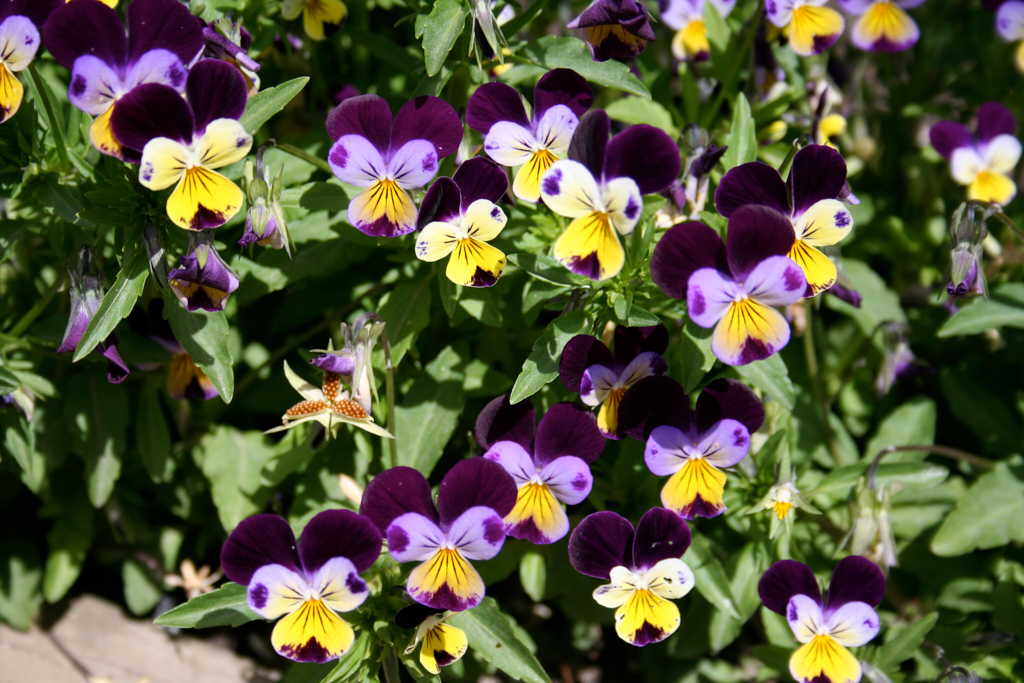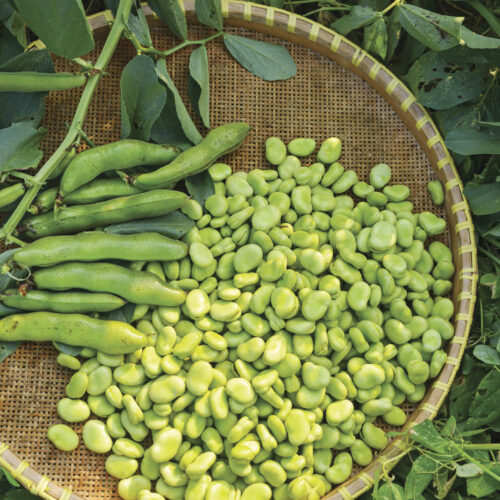Heartwarming heartsease
2019-10-14T03:13:58+11:00
In medieval times, heartsease was used in love potions. Now they are a beautiful addition to any garden.
Heartsease (Viola tricolor) is a member of the viola family, closely related to pansies and violets. It has acquired an intriguing list of names over its long history, names that reflect its diverse characteristics. Some call it Johnny-jump-up and kit-run-about, both names earned by its endearing habit of suddenly appearing and then thriving in odd corners of the garden. In spring more than two years ago I planted heartsease in one corner of my garden. It grew quickly and flowered prolifically until the weather got really hot and dry. The plants died and much of the seed dropped to the ground, the rest I sprinkled around the garden. The following autumn through to spring, many new plants poked their oval-shaped green leaves through the soil and a few weeks later began to flower. The cycle didn’t repeat itself last year. So I’m now at the point where I’m planting seedlings to make sure their cheerful faces are in my garden again this year.
Heartsease is an annual, easily grown from seed planted in early spring or autumn. The small plants are ready to transplant only a few weeks later. It does well in an open sunny position or partial shade. It prefers well-drained sandy-loam soils that have been enriched with compost to help retain moisture, but will equally manage in less perfect soils. A native of England and Europe, this is a cool climate plant that won’t do well in humid, tropical regions except in the cooler winter months.
Sometimes called wild pansy, heartsease is believed to be the original wild form of all the modern varieties of pansy. Dark green leaves are topped by a profusion of small, delicate pansy flowers that are a combination of white, purple and yellow. The colour combination gives rise to some of its other names, such as three-faces in a hood, herb trinity and its species name tricolor. As with the whole viola group, the more you pick the flowers, the more new flowers will grow. I harvest flowers right through the season to add to small posies as well sprinkling them into salads and using them as a garnish on a range of dishes. The leaves and flowers are picked and used medicinally, traditionally to treat heart conditions (hence the name heartsease), but also made into a tea and drunk for a feverish cold, as a blood purifier and to tone blood vessels, especially the small vessels close to the surface of the skin.
In medieval times, heartsease was used in love potions, giving rise to names like love idol, call-me-to-you, meet-me-in-the-entry and kiss-me-in-the-buttery. One source claims that this beguiling little plant has more than 60 different names in English and more than 200 in the European languages. Whatever name it goes by, heartsease is rewarding and easy to grow. When I wander into the haven that is my garden, seeking escape from life’s many demands, I find that the cheerful tri-coloured flowers lift my spirits and make me smile.






